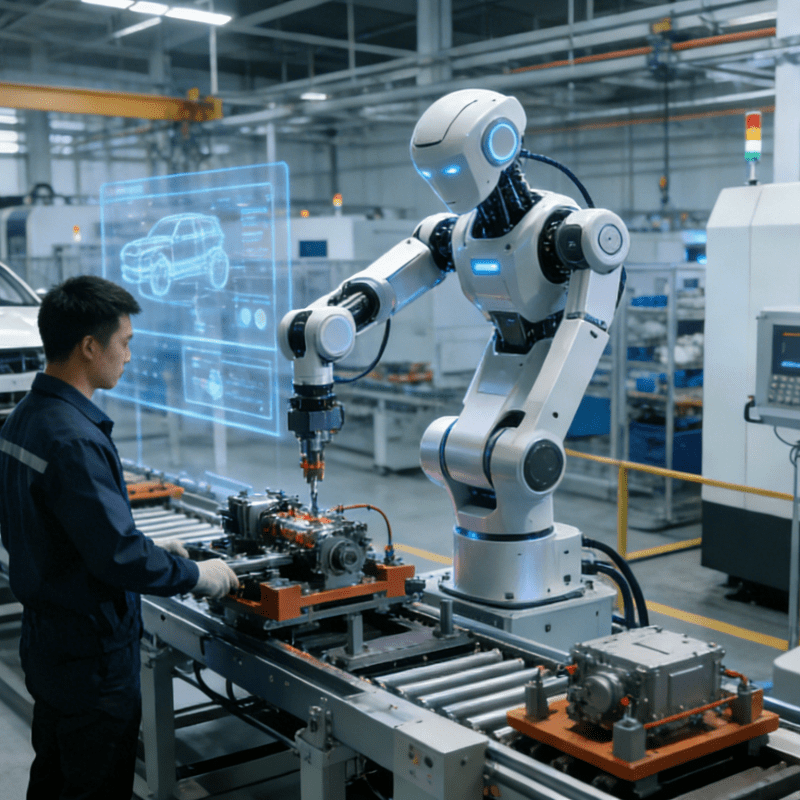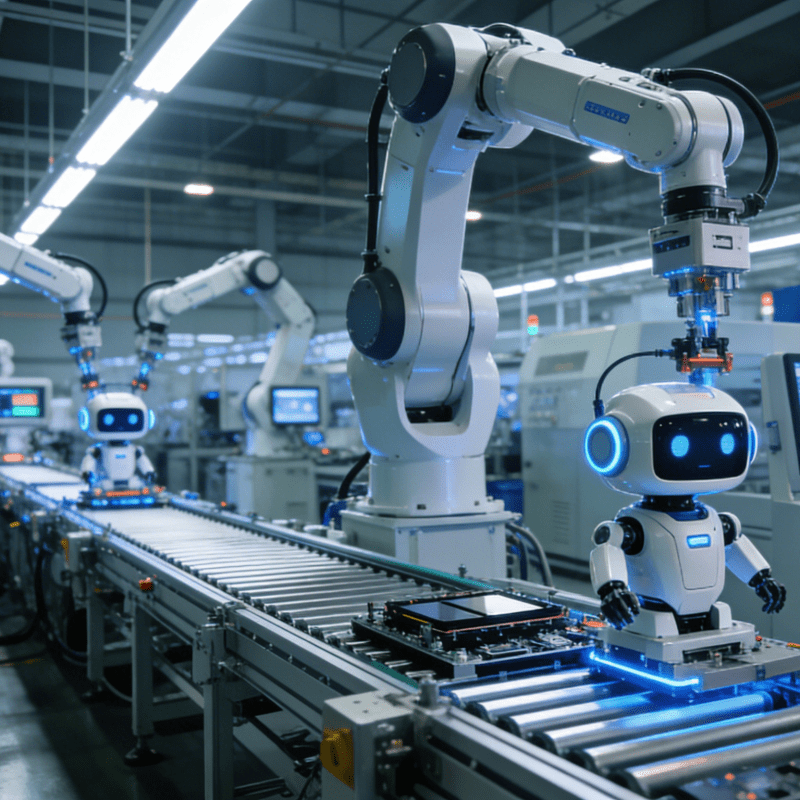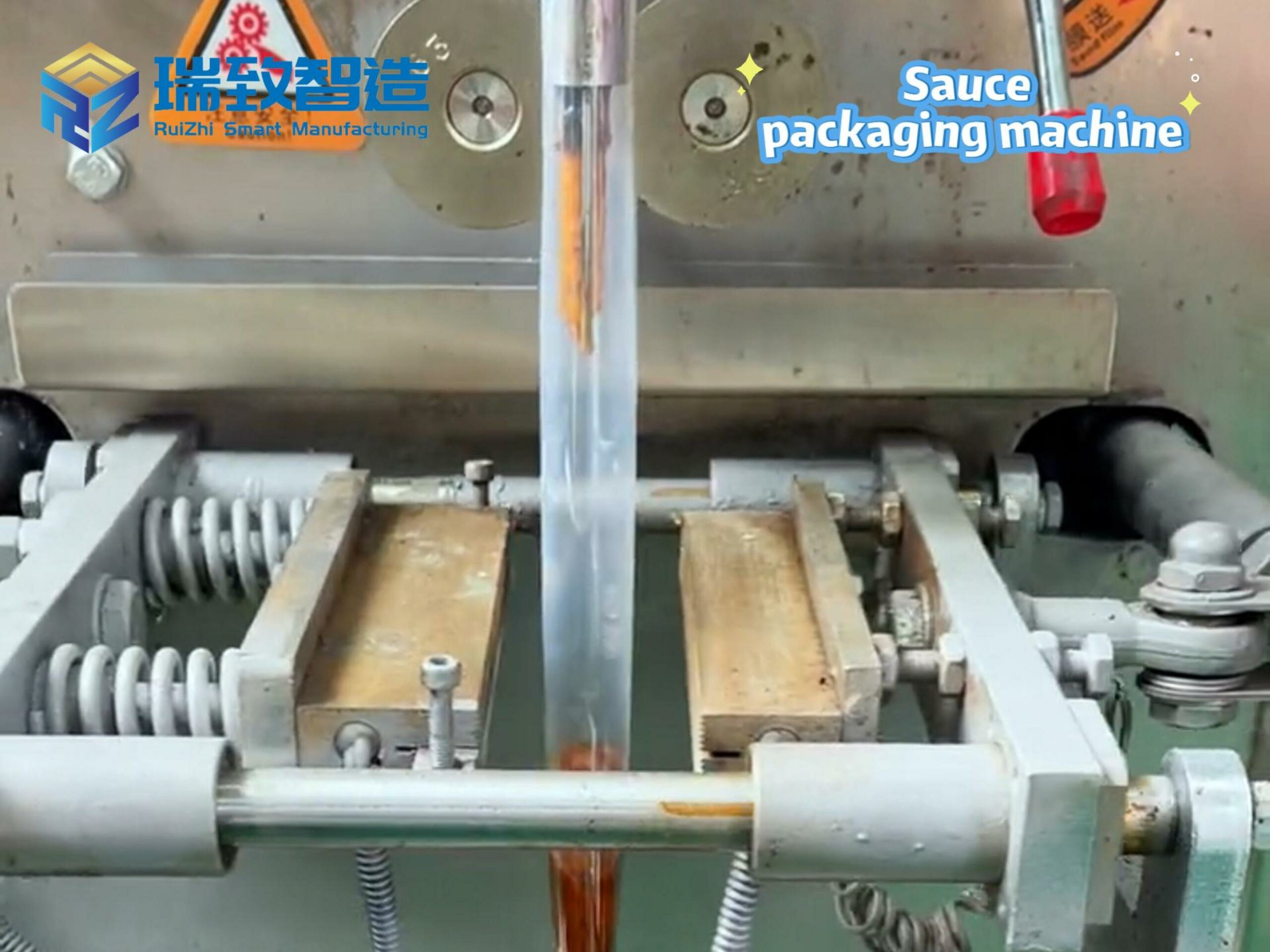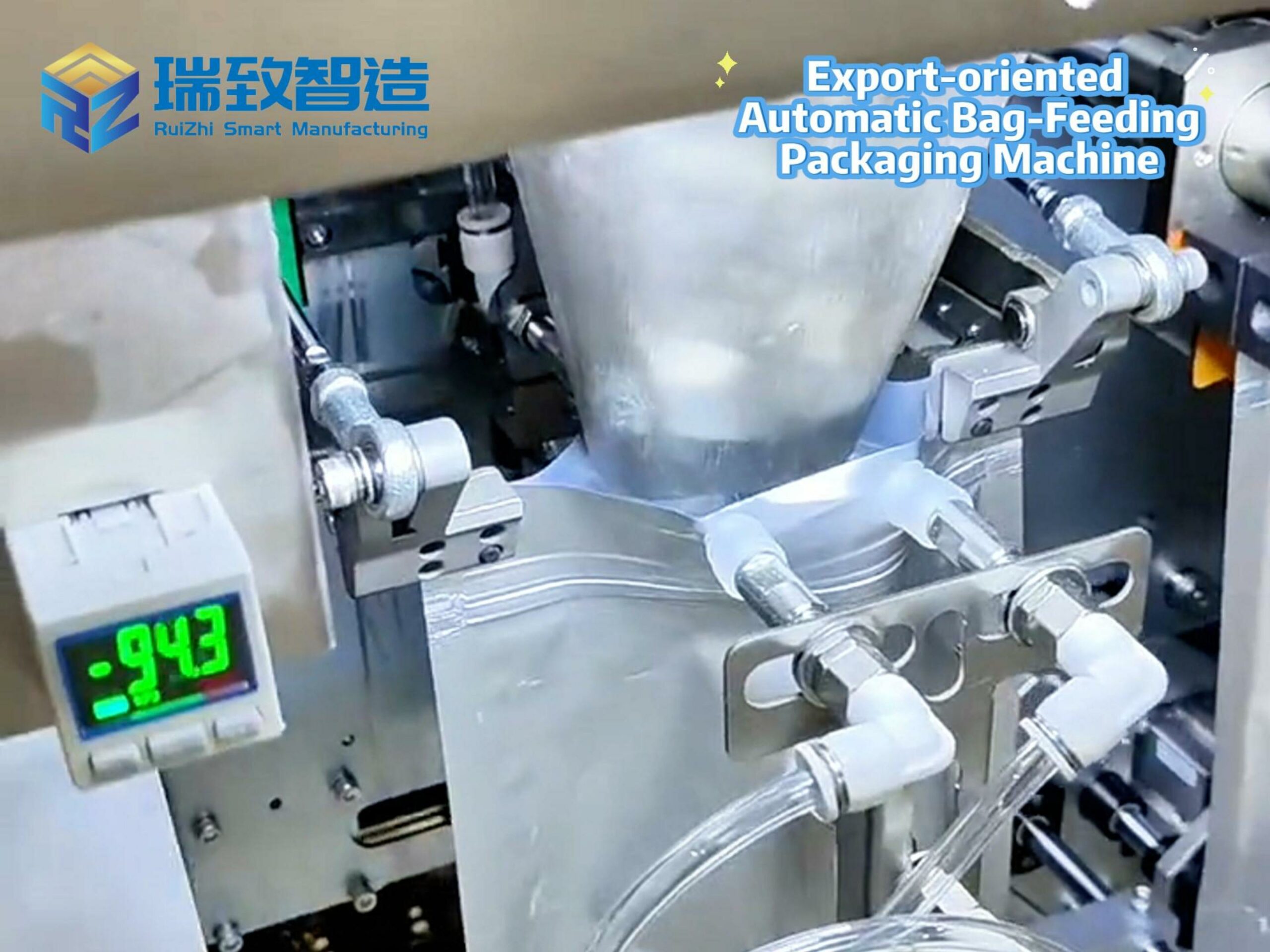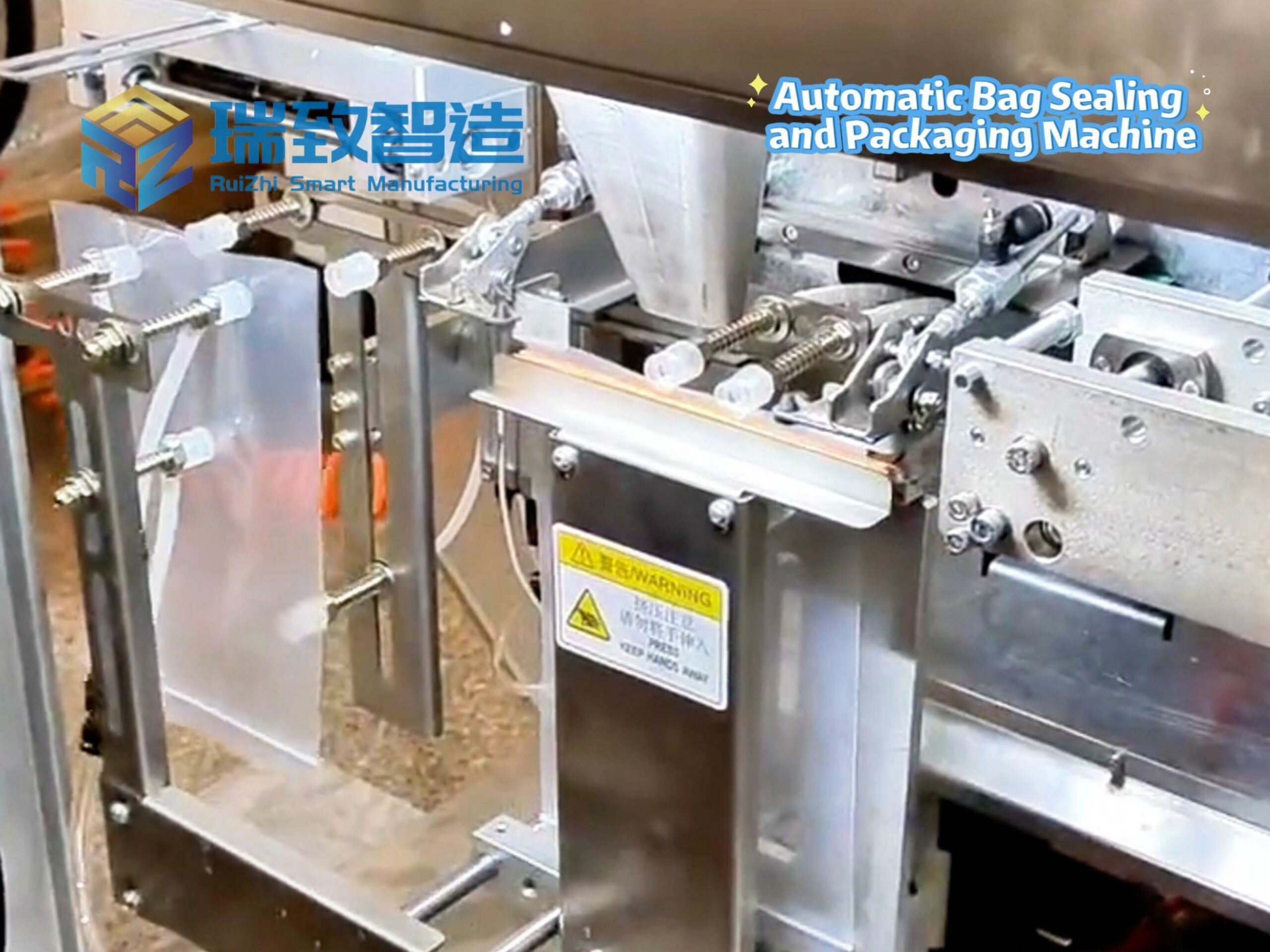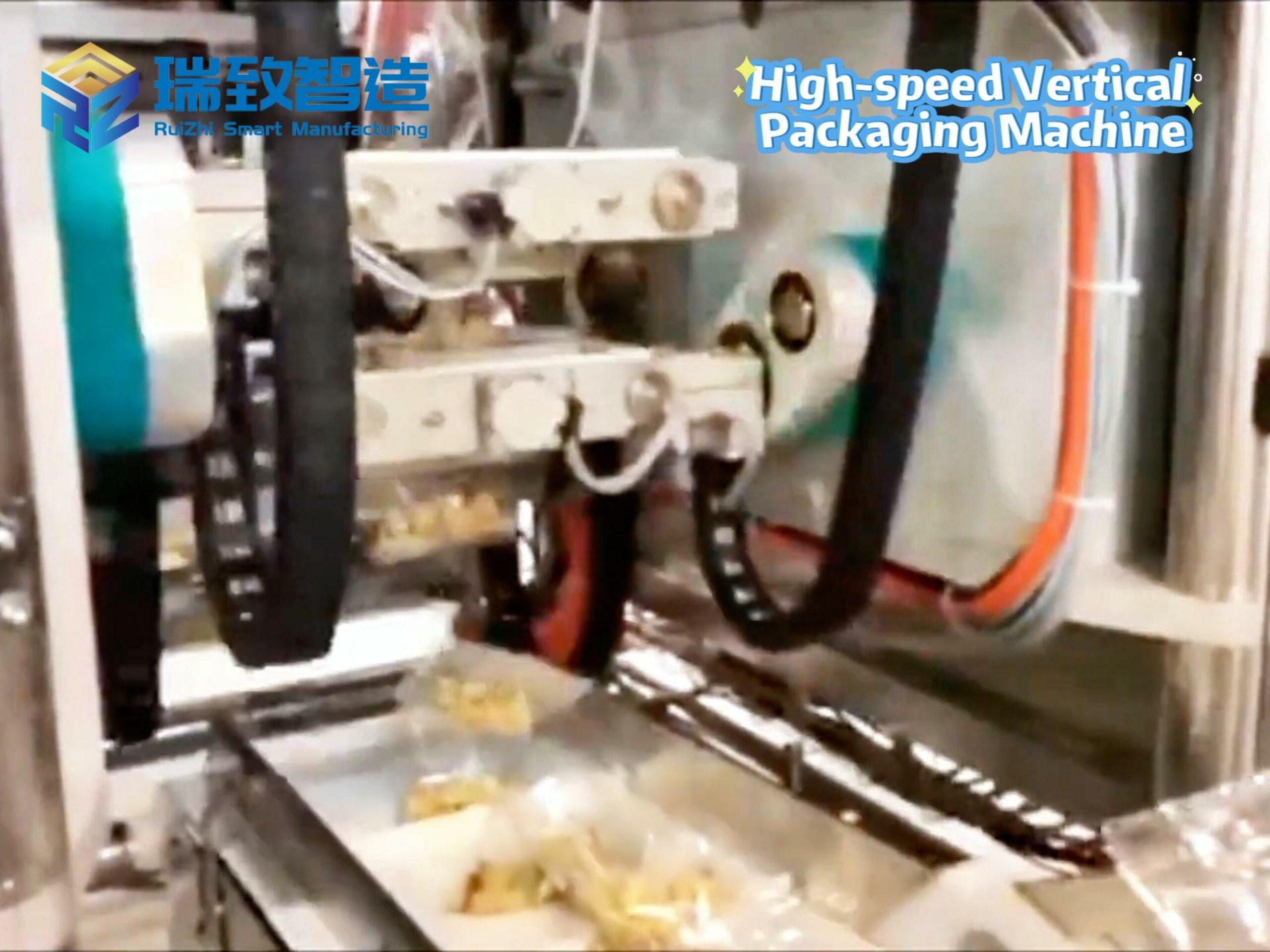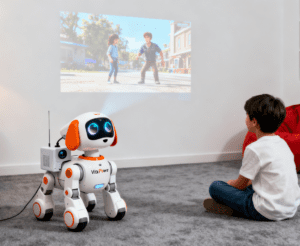
Market Projections Spark Discussion: Explosive Growth and Vita Power’s Ambitious Goal
“Next year, the domestic quadruped robot dog market is expected to reach 70,000–80,000 units, and we anticipate capturing a 60% market share.” These remarks by Vita Power co-founder Zhao Zhelun during the first “2025 Integrated Intelligent Industry Development Conference” have sparked widespread discussion.What’s surprising is not just that a company yet to achieve large-scale production would set such an ambitious goal for its first year of sales, but also that last year’s total market size was only about 20,000 units, and industry forecasts suggest this year’s figure will barely exceed 30,000 units. This implies a more than twofold growth expected next year, indicating the quadruped robot dog market is on the verge of explosive expansion.
Quadruped Robot Dogs: Accelerating Deployment and Entering Critical Engineering Phase
Compared with humanoid robots that only entered public consciousness during this year’s Spring Festival Gala, quadruped robot dogs are already familiar to many. Just four years ago, Unitree’s robot dogs walked from the Spring Festival stage to the Hangzhou Asian Games athletics field, serving as intelligent carriers for equipment like discuses and javelins. That same year, XPeng Motors released its quadruped intelligent robotic horse, further expanding public understanding of legged robots. During this year’s September 3rd military parade, the quadruped robot dogs in the static display formation once again shifted public attention from the popular humanoid robots back to this technological path.In terms of form and movement capabilities, quadruped robot dogs mimic the structural characteristics of quadruped animals in nature, enabling them to walk stably and autonomously while traversing rough and complex terrain. Their core capabilities include highly flexible gait control, automatic obstacle avoidance, and multi-terrain adaptation, allowing them to access special environments difficult for humans to reach with the help of advanced legged motion controllers. Consequently, they demonstrate significant application potential in industrial inspection, military reconnaissance, consumer entertainment, and other fields.Zhao Zhelun analyzes that robot application scenarios can be roughly divided into “outdoor” and “indoor” categories. Outdoor environments place extremely high demands on a robot’s mobility, where legged structures become almost a necessity. Indoor scenarios, on the other hand, emphasize manipulator precision and human-robot interaction capabilities, with relatively looser requirements for movement methods.Based on this judgment, Vita Power has clearly positioned the “quadruped robot dog” as its first product to enter the consumer robot market. Zhao Zhelun points out that the quadruped structure is “one of the most stable forms” for a robot body, and with its all-terrain capability and good environmental adaptability, it can move autonomously in complex everyday human environments.In terms of technological maturity, quadruped robots are at a critical stage of moving from “principle feasibility” to “engineering implementation.” According to the latest IDC data, the global quadruped robot dog market already exceeded $180 million in 2024, with shipments of about 20,000 units. Industry forecasts indicate that total shipments are expected to climb to 28,000 units in 2025. From Boston Dynamics’ Spot to Unitree’s Go series, the hardware platforms of quadruped robot dogs have undergone multiple iterations, and with the gradual maturity of the supply chain, overall costs continue to decline.Building on this foundation, Vita Power is committed to integrating perception and decision-making algorithms from the autonomous driving field and introducing natural language interaction capabilities provided by large models, aiming to create a consumer-grade robot dog that not only possesses stable movement performance but also an intelligent mind—”truly useful and interesting.”
The Robot Industry’s “iPhone Moment” Unrealized: Scene Deepening as the Core Focus
“Real artists ship,” Steve Jobs’ famous quote is repeatedly emphasized by Vita Power’s Zhao Zhelun. In his view, only by bringing products to market can technology truly withstand market testing, and enterprises can build sustainable barriers from commercial returns, talent attraction to technological iteration.Although the market has already achieved key breakthroughs in quadruped robot dog technology and successfully launched corresponding products, Zhao Zhelun clearly recognizes that the robot industry is still in the “Walkman stage,” far from reaching the “iPhone moment.”He emphasizes that user acceptance of new technology products usually goes through three progressive stages: technical demonstration, productization, and commercialization. Most enterprises are still lingering in the first two stages, capable of achieving basic functionality and reliability, but have not yet solved the fundamental question of “what practical value they bring to users,” nor have they balanced the commercial equation between “utility” and “price.”Therefore, Zhao Zhelun believes that the current core challenge for the industry is not pursuing general-purpose robots, but rather deeply cultivating vertical scenarios and focusing on applications with real needs. “The core is how to truly apply spatial movement technology in a vertical scenario to help users solve needs that could not be addressed before, especially those that cannot be solved at the current price point.”Based on this thinking, Vita Power has positioned its first robot as a “both fun and useful” family companion. It can not only independently complete daily tasks such as picking up packages, retrieving takeout, and disposing of garbage, but also provide exercise companionship, record family status, and even serve as a “family housekeeper.”More noteworthy than any single function is Zhao Zhelun’s strategic vision of the robot as a “universal mobile platform.” He revealed in the interview that Vita Power’s first-generation product has reserved complete hardware interfaces supporting expansion with manipulators, cameras, gimbals, and other peripherals, and could even connect to home appliances such as projectors and refrigerators in the future.”Once a robot possesses excellent universal mobility and can carry diverse hardware, developers can achieve more innovations on this basis. It can become a mobile refrigerator, a mobile projector, or even a mobile photographer,” he said. This, he believes, is the prerequisite for the birth of a robot operating system (OS).
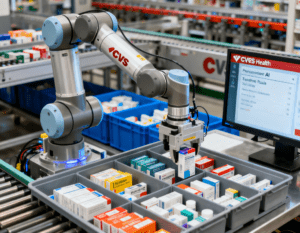
Ecosystem Cooperation and Mass Production Prep: Addressing Industry Challenges for Long-Term Growth
To accelerate ecosystem development, Vita Power has established in-depth cooperation with supply chain partners such as JD.com, Volcano, Sweet Potato, HESAI, and EVE Energy. In the core phase of mass production preparation, its production workshop has introduced a 4-Axis Robotic Tray Loading System: this system can automatically grasp core components of the robot dog (such as leg drive motors and environmental perception sensor modules) according to production orders, and sort and load the components onto production line trays with millimeter-level precision. This not only increases manual loading efficiency by 2.5 times but also avoids missing and incorrect installations through intelligent weighing and visual verification functions, effectively reducing component loss rates during mass production. The introduction of this automated equipment provides crucial production efficiency support for achieving large-scale mass production in December this year.Despite the promising outlook, Zhao Zhelun does not shy away from the current challenges facing the industry: insufficient data accumulation, still-high costs, and thresholds in user experience. In particular, how to reduce consumers’ initial trial costs and effectively control return rates are issues the team is focusing on.From intelligent electric vehicles to embodied intelligent robots, Zhao Zhelun and the Vita Power team are steadily crossing the critical gaps from technology to products and from products to commercialization. As he said, “Robot is a track that requires long-term commitment of 20 to 30 years,” and China’s dual advantages in supply chain and market demand are injecting unprecedented momentum into this industry.
What benefits does artificial intelligence bring to component assembly machines?


